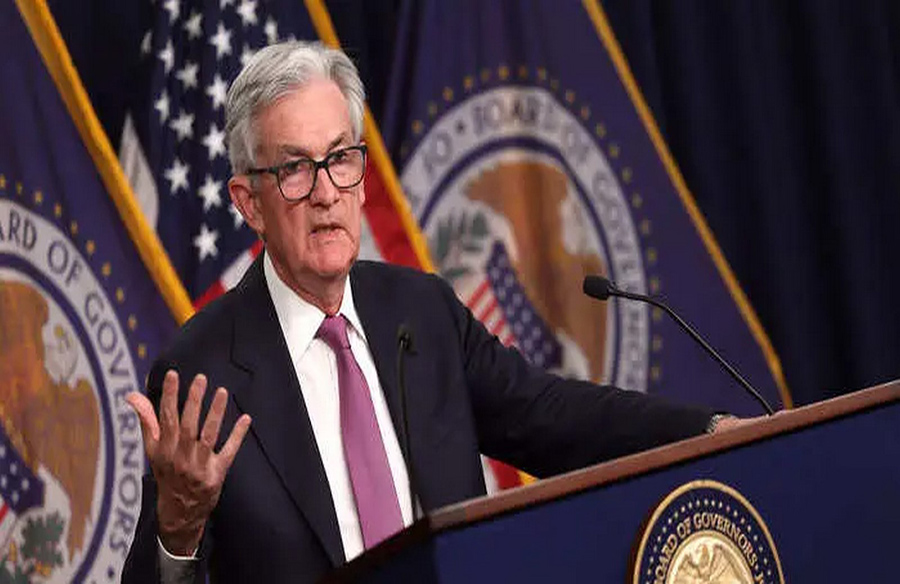
The landscape of investment-grade corporate credit is experiencing a notable shift towards safety, marking a significant departure from previous risk levels, according to a report from Bloomberg.
Rising Share of A-Rated Bonds
Recent data indicates that A-rated debt now constitutes a substantial portion of the global high-grade credit market, reaching 43.54% as of late February. This surge in A-rated bonds, representing bonds with a triple B rating or higher, reflects a trend not seen since early 2015, as per Bloomberg’s data analysis.
Conversely, the riskiest bonds within the group have seen a decline, accounting for 46.49% of the market, down from a peak in 2021. This shift is noteworthy considering that just three years ago, triple-B rated bonds made up over half of the index.
Normalizing Market Dynamics
This shift in bond composition indicates a normalization in the market, transitioning from the ultra-low interest rate environment prevalent before the onset of the COVID-19 pandemic. The near-zero interest rates of that era incentivized investors to pursue higher risk, diverting interest away from traditionally safe assets.
While concerns arose as the Federal Reserve initiated rate hikes in 2022, high-grade corporate firms demonstrated resilience. Over the past four years, this sector has seen more rating upgrades than downgrades, showcasing its ability to weather market challenges.
Yield Boost and Investor Sentiment
The aggressive increase in interest rates has led to enhanced corporate credit yields, with investment-grade rates currently standing at 5.4%. This upward trend in yields, coupled with expectations of potential policy shifts by the Federal Reserve, has prompted investors to capitalize on these favorable rates. Consequently, inflows into US corporate bond funds have surged to record levels, attracting $22.8 billion in investments so far this year, as reported by the Financial Times.
Diminished Borrowing Costs
The heightened demand for corporate bonds has resulted in reduced borrowing costs for issuers. The amount of additional compensation typically offered to attract buyers has reached its lowest point in two years, indicating a favorable borrowing environment for corporations.
In summary, the current state of investment-grade corporate bonds reflects a shift towards stability and safety, driven by evolving market dynamics and investor sentiment amidst changing economic conditions.










Leave a Reply